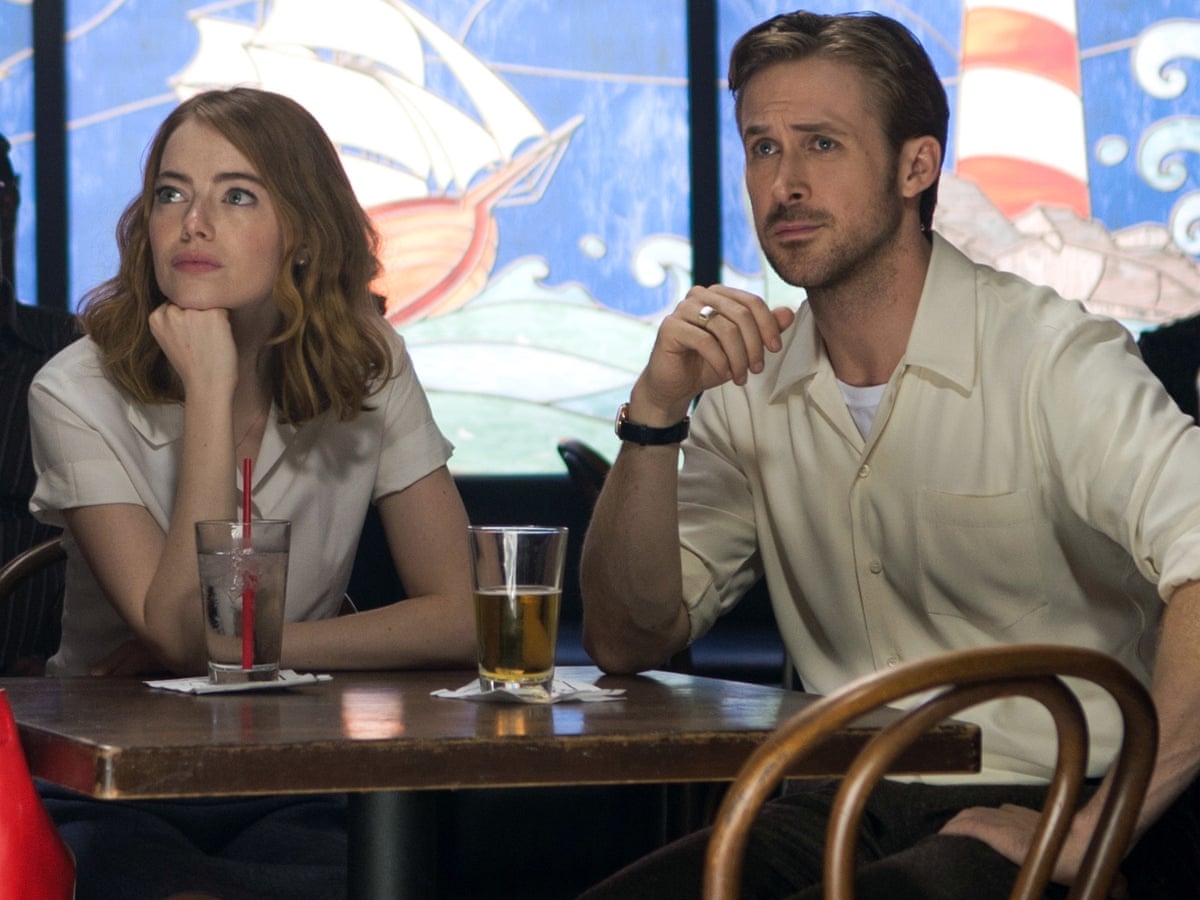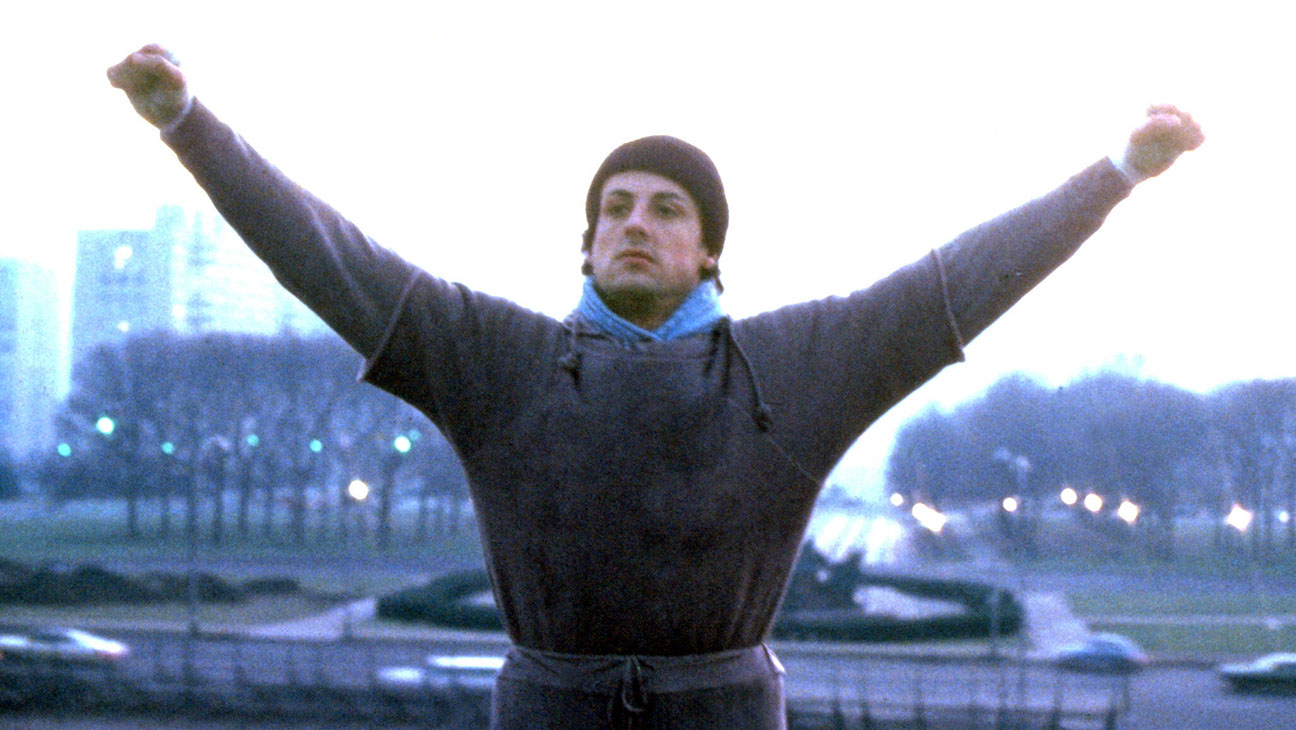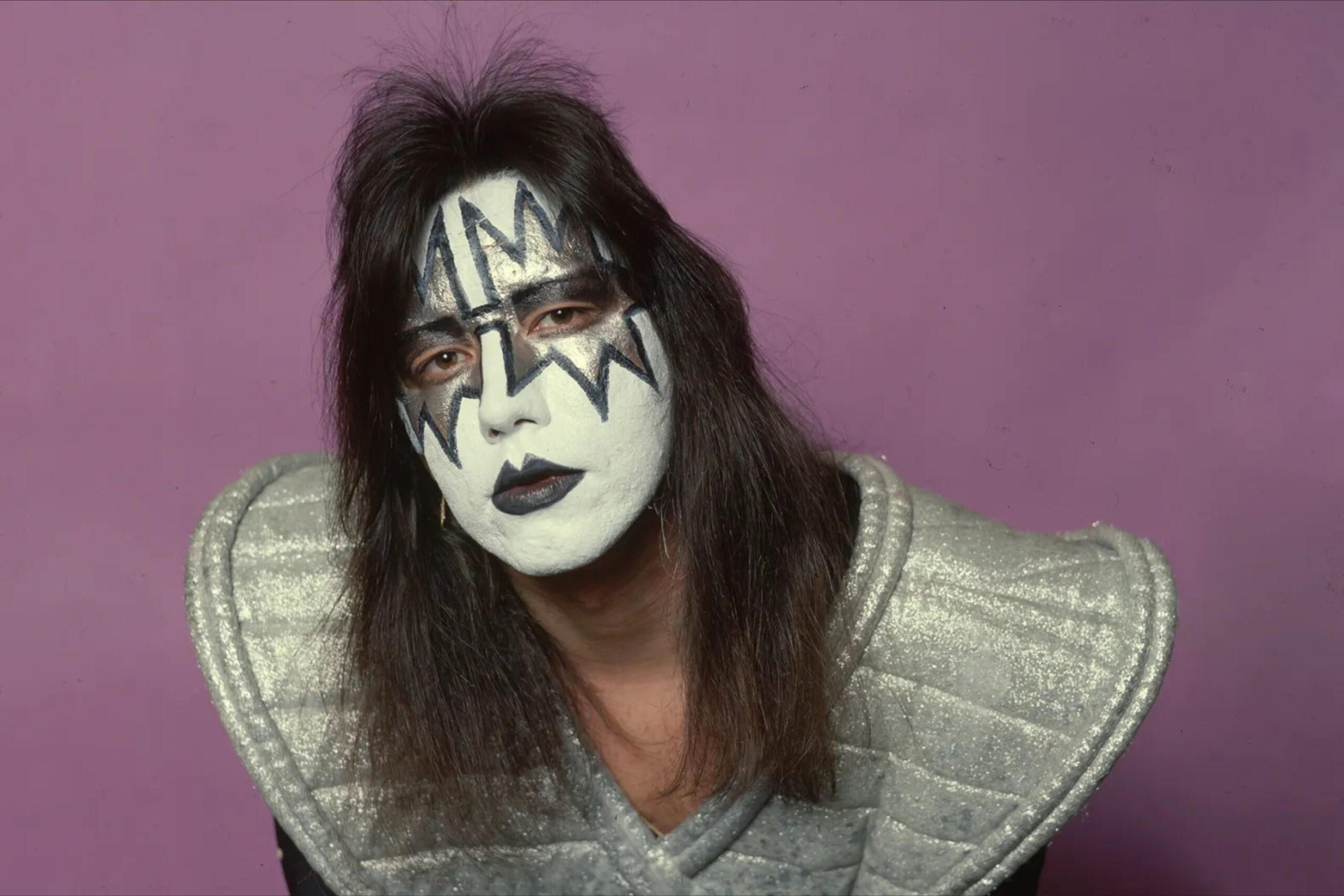Since its debut in 2016, Damien Chazelle’s ‘La La Land’ has carved out a distinct niche in the ongoing development of the musical film. Its updated interpretation, visual style, and societal influence have been thoroughly examined by reviewers, directors, and viewers. However, what specific contributions did ‘La La Land’ make to the current musical landscape? The responses are complex, encompassing storytelling advancements, technical resurgence, and a fresh perspective on cinematic longing.
Revitalizing the Classic Framework Through a Modern Lens
Musicals have long thrived on grand spectacle, vibrant choreography, and emotionally charged storytelling. However, before ‘La La Land’, the American film industry experienced a lull in large-scale, original musicals, with adaptations and Disney animations dominating the scene. Chazelle’s vision drew explicitly from the Golden Age of Hollywood, referencing works such as ‘Singin’ in the Rain’ and ‘The Umbrellas of Cherbourg,’ yet grounded the narrative in the tangible struggles of twenty-first century dreamers.
By intertwining Mia’s and Sebastian’s aspirations with modern-day challenges—economic precarity, professional unpredictability, and the conflict between idealism and pragmatism—the movie grounded universal concepts within a believable setting. The juxtaposition of highly stylized musical segments, like the initial highway scene ‘Another Day of Sun’, and the realistic, poignant evolution of the main romance, revitalized the genre while acknowledging current perspectives.
Filmic Artistry: Hue, Melody, and Movement
La La Land stood out due to its careful blend of visual and auditory artistry. Linus Sandgren, the cinematographer, employed color palettes not just as a tribute, but as a purposeful psychological instrument. The vibrant shades in the attire and scenery frequently reflected emotional high points or shifts, mirroring the expressive potential of color in traditional musicals while offering a novel effect to modern viewers.
Composer Justin Hurwitz’s musical contributions were fundamental in defining the movie’s character. In contrast to numerous contemporary musicals that lean towards diegetic or pop-influenced tunes, ‘La La Land’ featured unique compositions with a loose connection to jazz. The recurring jazz theme, present in both its subject matter and framework, infused the film with an improvisational essence and highlighted for the audience the transformative power inherent in music. Tracks such as ‘City of Stars’ gained widespread recognition, becoming popular on mainstream radio, and garnered several accolades, including the Academy Award for Best Original Song.
The choreography, designed by Mandy Moore, eschewed hyper-polished perfection for expressive, character-driven movement. Ryan Gosling and Emma Stone, neither famed for musical theater backgrounds, delivered performances grounded in vulnerability and authenticity. This democratized the musical form—suggesting that heartfelt execution could outweigh technical virtuosity.
Narrative Subversion and Realism
Audiences conditioned by classical musicals might expect a conclusive, optimistic ending. ‘La La Land’ purposefully subverted this convention. The film’s final act, often referenced as ‘the epilogue,’ offered viewers both a dreamlike, alternative reality montage and the present-day outcome, where aspirations are realized at the cost of the romantic relationship. This duality resonated with a modern audience accustomed to complexity and nuance, suggesting that adult life often demands sacrifice rather than the perfect alignment of love and ambition.
Furthermore, the movie’s introspection redefined the musical category as both an homage and an examination. With Sebastian’s yearning for a bygone jazz period and Mia’s developing perception of celebrity, ‘La La Land’ scrutinized the sentimentality often idealized in musicals, subtly prompting audiences to reevaluate the consequences of holding onto history.
Audience Reception, Legacy, and the Broader Musical Revival
The global response to ‘La La Land’ underscored an appetite for musical narratives outside the superhero or franchise template. Grossing nearly $450 million worldwide on a $30 million budget, and garnering fourteen Academy Award nominations, the film demonstrated clear commercial and critical viability for original musicals in the twenty-first century. Its success notably preceded a resurgence of musical films and television, including ‘The Greatest Showman,’ ‘A Star is Born’ (2018 remake), and live television adaptations of Broadway classics.
The movie also rekindled widespread fascination with jazz music, the city of Los Angeles depicted as a central figure, and the recurring theme of an artist’s personal odyssey—indicating that viewers continued to crave sophisticated realism and profound emotional release.
Enduring Influence and New Standards for the Genre
Analysis of musicals released after ‘La La Land’ demonstrates a quantifiable impact on both independent and major studio productions. Filmmakers and music creators frequently point to its fusion of stunning visuals and authentic storytelling as a key inspiration. The movie’s musical score, characterized by its jazz-inspired themes, sparked a resurgence of interest in original compositions within popular cinema.
Perhaps ‘La La Land’s’ most significant contribution is its validation of the modern musical’s capacity to blend homage with innovation. It empowered creators to experiment boldly within the genre while honoring its deep-rooted traditions. By refusing to stale into pastiche, and favoring an honest portrayal of dreams achieved and lost, the film reminded viewers and filmmakers alike that musicals are not only vessels for escapism but also for sincere human stories—complex, imperfect, and resonant with contemporary realities. Such a model endures, inviting each new generation to reimagine what a musical can be and whom it can reach.




